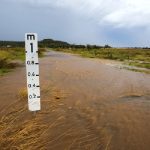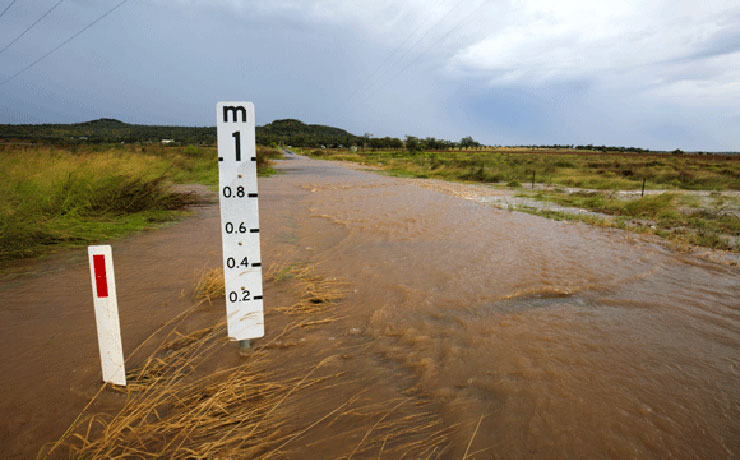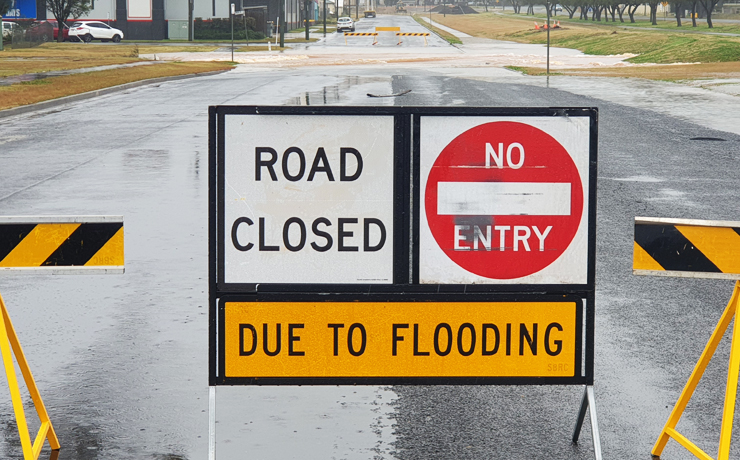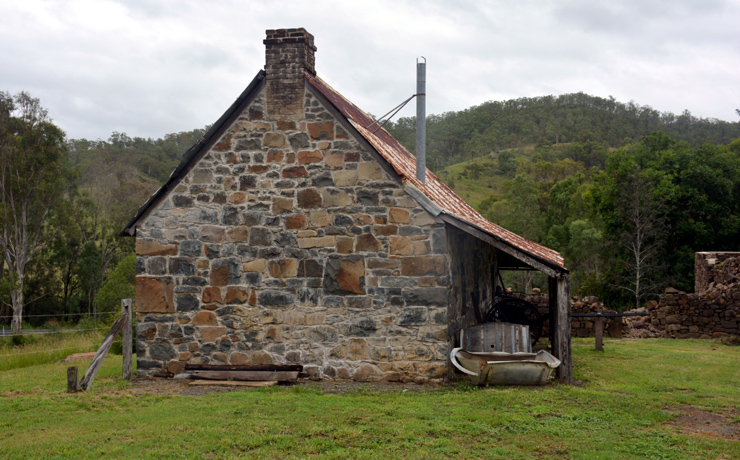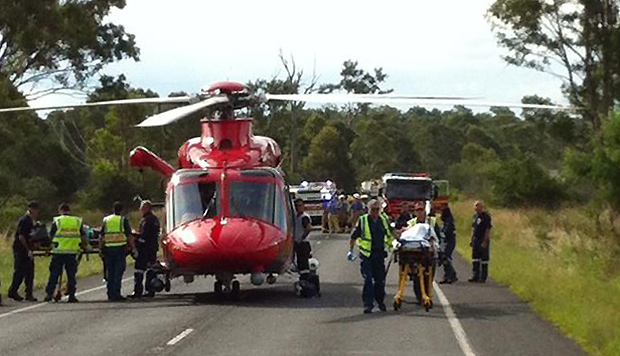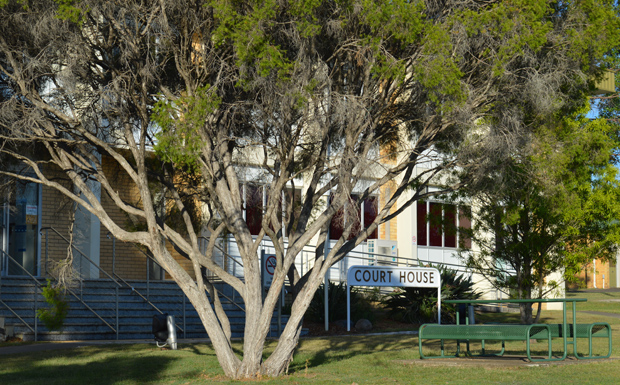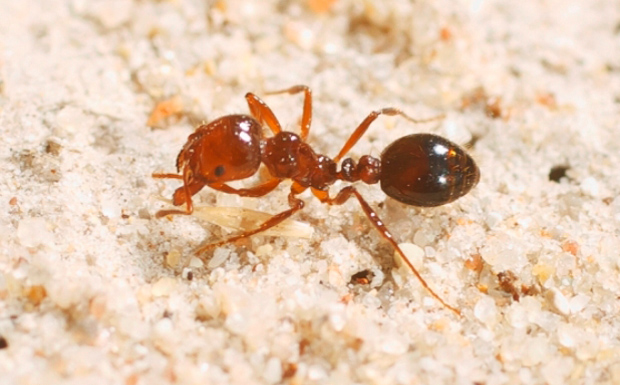
July 4, 2017
Despite years of eradication activities in south-east Queensland, a nest of imported red fire ants has now been discovered more than 70km away from the biosecurity zone … at Beerwah.
National Red Imported Fire Ant Eradication program director Geoff Kent said this week he believed “human actions” were most likely to blame for the latest outbreak.
Fire ants can be spread in soil, pot plants, quarry products and machinery such as slashers.
Surveillance with odour detection dogs is being undertaken near the Beerwah outbreak to determine if there are any more nests.
And genetic testing is planned to try to determine the source of the infestation.
According to the Department of Agriculture and Fisheries there have been six incursions of fire ants since they were first detected in Queensland in 2001.
All have been in Queensland except a nest detected in 2014 at Port Botany in Sydney.
They have been found at Yarwun (near Gladstone); the Port of Brisbane, Brisbane Airport, the Ipswich area, Logan, Redlands and the Lockyer Valley. Isolated infestations have also been found on the Scenic Rim and Gold Coast.
Most of these have been successfully eradicated although monitoring is continuing.
According to DAF, fire ants originated in South America and are native to the floodplains of the Paraguay River in Brazil, Paraguay and Argentina.
They entered the southern United States in the 1930s, probably in soil used as ship ballast, and have been spreading across America ever since.
In Australia, fire ants are a Category 1 restricted pest under the Biosecurity Act and landholders must report suspected sightings on their property to Biosecurity Queensland or face heavy fines.
The ants inflict a painful, fiery sting which in rare cases can cause a severe – and possibly fatal – allergic reaction.
Authorities say if fire ants become established in Queensland they would severely damage the environment, the State’s outdoor lifestyle, and the agriculture and tourism industries.
It is believed the ants first arrived in Brisbane via a shipping container from the United States.
* * *
How To Identify A Fire Ant
- Size – Small 2-6mm (variety of sizes within a nest)
- Colour – Head and body are coppery-brown, abdomen is darker
- Nests – Fire ant mounds are not always easily identifiable. They can be up to 40cm high but may also be flat and look like a small patch of disturbed soil. They are usually found in open areas such as lawns, pastures, along roadsides and unused cropland. Nests are also found next to or under other objects on the ground, such as timber, logs, rocks, pavers or bricks.
* * *
Biosecurity Queensland will be holding a Fire Ant Awareness Training session on Thursday (July 6) in Nambour. For more information, email DAF on fireants@daf.qld.gov.au








